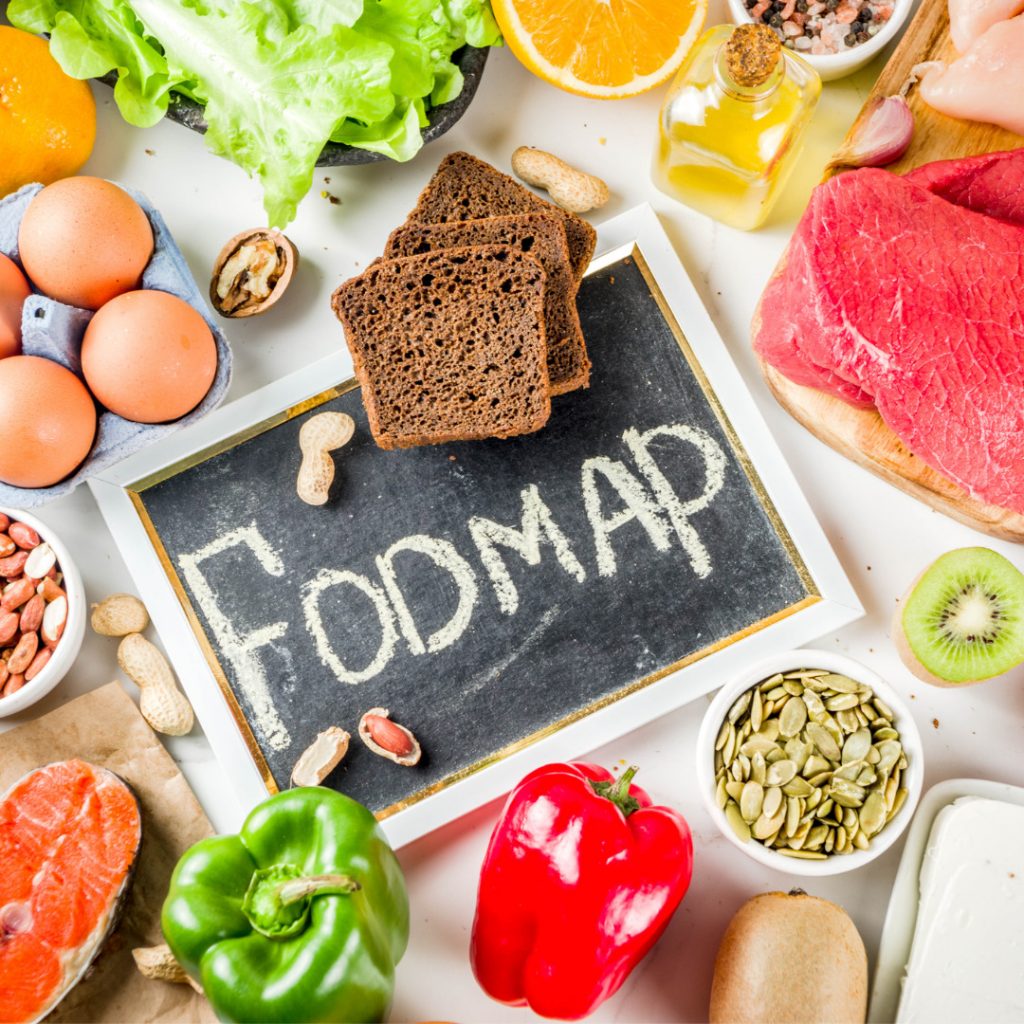When Do You Need a Low FODMAP Diet?
Living with the painful symptoms of SIBO or IBS doesn’t feel much like living. In fact, it often feels like bare survival. Bloating, gas, abdominal pain, and sudden trips to the bathroom can make going out in public difficult or downright embarrassing! Not only that, the symptoms of SIBO or IBS can be confusing. It may seem like you are eating clean, healthy foods, yet your symptoms don’t go away. What gives?
Well, even though you may be eating foods generally considered healthy, they may contain certain components called FODMAPs (Fermentable Oligosaccharides, Disaccharides, Monosaccharides, And Polyols). These are carbohydrates that can be difficult for those with compromised gut function to break down and absorb. This can be due to microbial imbalances or to slow transit time as food moves through the gut. The end result is that these carbs begin to ferment in the intestines, leading to the gas, bloating, and pain associated with functional gut disorders.
The low FODMAP Solution
The low FODMAP diet is designed to be used on a short-term basis to identify specific trigger foods and allow the gut to heal. It begins with a 4-8 week elimination period in which all high FODMAP foods are avoided. This is followed by a reintroduction phase. Foods from each of the FODMAP groups are added back in, one at a time, to determine if they are contributing to the patient’s digestive symptoms. Foods that cause a reaction are removed for a longer time to allow the gut to heal. Non-reactive foods are added back into the diet to maintain as much diversity as possible.
In studies, the low FODMAP protocol significantly reduced the symptoms of 76% of the IBS patients who used it. It is rapidly becoming a front-line intervention in the treatment of functional gut disorders. That being said, it is vital to identify and address the root causes that created the gut dysfunction in the first place. Using this two-pronged approach can reverse IBS, SIBO, and IBD for significant numbers of people.
Gut healing foods
Now that you know which foods are most likely to be contributing to your symptoms, let’s take a look at some specific foods you can use to soothe and heal your digestive system.
- Bone broth is easily digestible and contains many amino acids to help speed the repair of the gut lining.
- Mucilaginous herbs/seeds like aloe, slippery elm, marshmallow, DGL, flax seeds, and chia seeds help create a soothing, protective barrier.
- Omega 3 fatty acids are anti-inflammatory and nourish the lining of the digestive tract.
- Digestive bitters improve the stomach’s ability to start digesting food and help reduce gas and bloating.
- Chamomile soothes inflammation and fennel can help reduce gas and bloating. Both herbs may be taken in the form of tea.
If you suffer from SIBO, IBS, GERD, or other digestive disturbances, there is hope! Dr. Anca Sisu and her team are launching their all-new Gut Restore Program in January. This 6-week program is designed to walk you step-by-step through the process of gently cleansing and healing the gut and discovering the foods that work best for you. The end result? A new you, free from painful digestive symptoms! For more information or to register, visit https://restorebalance.net/gutrestoresolution

